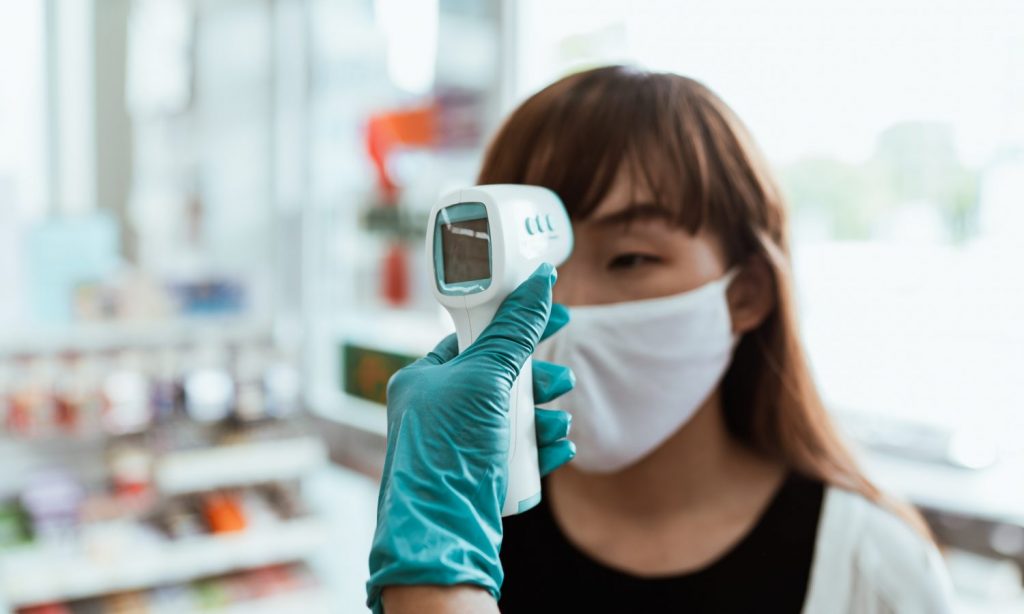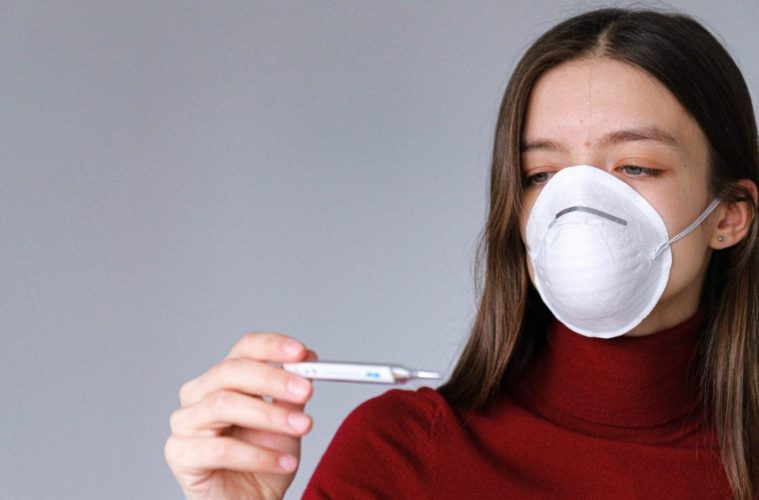In partnership with The Fresh Toast
New data provides a clearer picture of how the COVID-19 virus works, including the symptoms that tend to appear first for a majority of people.
By now, the majority of us are well aware of the symptoms of COVID-19. Still, the illness remains mysterious, affecting people in a variety of ways.
A recent study gives more understanding on how the virus works, providing a timeline of the symptoms that are common and their order of appearance for the majority of people who’ve had the disease.
RELATED: What To Do If You Missed Your Second COVID-19 Shot

Conducted in the University of Southern California, the research was able to determine the general order in which COVID-19 symptoms appear by analyzing data from over 55,000 confirmed cases. This data was obtained from China and then compared with cases of influenza, with researchers noting the differences and the ways in which both illnesses progressed.
While COVID-19 remains highly variable, it usually starts with a fever. Later on, people develop cough and muscle pains. Less common symptoms like nausea, vomiting and diarrhea are the last to appear.
RELATED: You’re More Likely To Struggle With These Eye Conditions Due To Pandemic
It’s still very difficult to discern the two diseases in real life but the fever plays an important role; in COVID-19 it’s usually the first symptom to appear while in flus it comes in later. “The study found that patients with seasonal flu more commonly developed a cough before the onset of fever,” Dr. Robert Glatter, an emergency physician at Lenox Hill Hospital in New York, told Healthline

If people begin to feel like they have a fever, it’s critical to isolate and monitor their symptoms. COVID-19 is much more contagious than the flu so it’s very important for people to isolate themselves from other people.
Studies like this paint a more accurate picture of COVID-19, giving people more tools that help them identify it and differentiate it from a flu or a cold. They also help health experts and workers device better systems for identifying COVID-19 and providing guidelines for isolating people, critical in preventing the spread of the virus.
Read more on The Fresh Toast
Advertising disclosure: We may receive compensation for some of the links in our stories. Thank you for supporting Irvine Weekly and our advertisers.

